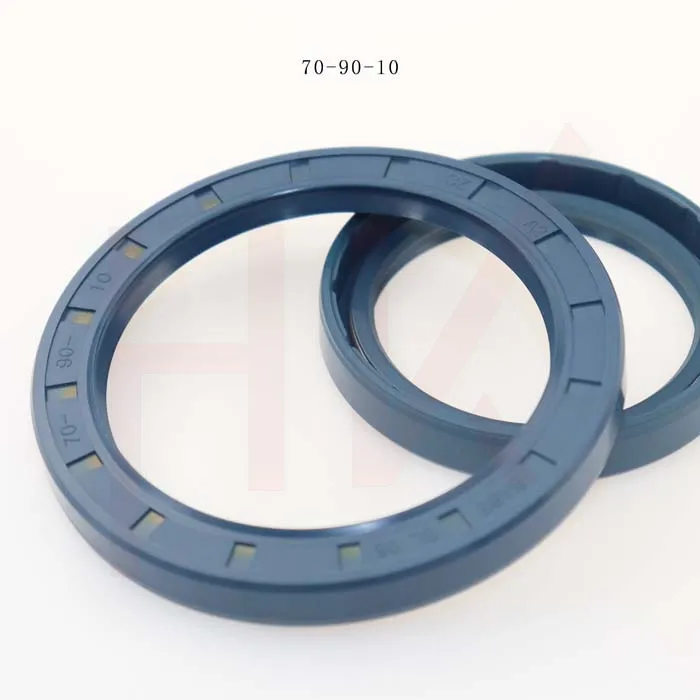أكتوبر . 06, 2024 20:16 Back to list
hydraulic seal replacement
Hydraulic Seal Replacement Ensuring Optimal Performance
Hydraulic systems are integral to the smooth functioning of various machines and equipment, from industrial machinery to automotive applications. Central to these systems are hydraulic seals, which play a crucial role in maintaining fluid integrity and preventing leaks. Over time, seals can wear out due to factors such as temperature fluctuations, chemical exposure, and mechanical stress. Consequently, knowing how to effectively replace hydraulic seals is essential for maintaining the longevity and efficiency of hydraulic systems.
Hydraulic Seal Replacement Ensuring Optimal Performance
Before starting the replacement, ensure safety measures are in place. Depressurize the hydraulic system completely to avoid any accidents. This can usually be accomplished by shutting off the machine, allowing the fluid to cool down, and then using a release valve to vent any remaining pressure. It’s also wise to wear protective gear, such as gloves and goggles, to safeguard yourself from hydraulic fluid.
hydraulic seal replacement

After ensuring safety, proceed to disassemble the hydraulic component housing the seal. Carefully remove any bolts or screws and gently pry open the housing using appropriate tools. Avoid using excessive force, as this could damage other parts of the system. Once open, inspect the old seal for any visible damage and take note of its orientation—this information will be valuable when installing the new seal.
With the old seal removed, thoroughly clean the groove where the seal will sit. Any debris, dirt, or old sealant can interfere with the performance of the new seal. Once cleaned, apply a thin layer of sealant if required, and carefully place the new seal into the groove, ensuring it fits snugly and is oriented correctly.
Reassemble the housing, making sure all components are aligned as they should be. Tighten bolts or screws evenly to avoid warping the housing. After reassembly, refill the hydraulic system with the appropriate fluid and check for leaks after the system has been re-pressurized.
In conclusion, hydraulic seal replacement is a straightforward yet essential maintenance task that can significantly enhance the performance and reliability of hydraulic systems. With the right tools, safety precautions, and attention to detail, you can ensure that your hydraulic equipment operates efficiently, ultimately extending its lifespan and reducing operational costs. Regular maintenance and timely seal replacements can prevent costly downtimes and keep your machinery running smoothly.
-
TCN Oil Seal Metal Ring Reinforcement for Heavy Machinery
NewsJul.25,2025
-
Rotary Lip Seal Spring-Loaded Design for High-Speed Applications
NewsJul.25,2025
-
Hydraulic Cylinder Seals Polyurethane Material for High-Impact Jobs
NewsJul.25,2025
-
High Pressure Oil Seal Polyurethane Coating Wear Resistance
NewsJul.25,2025
-
Dust Proof Seal Double Lip Design for Construction Equipment
NewsJul.25,2025
-
Hub Seal Polyurethane Wear Resistance in Agricultural Vehicles
NewsJul.25,2025
-
The Trans-formative Journey of Wheel Hub Oil Seals
NewsJun.06,2025
Products categories
















